Report on Geomorphology Week in Wrocław, Poland
Employees and PhD students of the Department of Geomorphology, Institute of Geography and Regional Development, University of Wrocław decided to celebrate Geomorphology Week 2020 (2-8th March) and proposed a wide range of attractions to promote geomorphological topics in an unusual way.

Fig. 1 Posters promoting the celebration of the Geomorphology Week at the University of Wrocław. Designed by: Kacper Jancewicz and Wioleta Kotwicka.
Event posters (Fig. 1), which graphic design was developed by Kacper Jancewicz, were hung on the university corridors and were published on the following websites: Institute, University of Wrocław, the Association of Polish Geomorphologists and on social media.
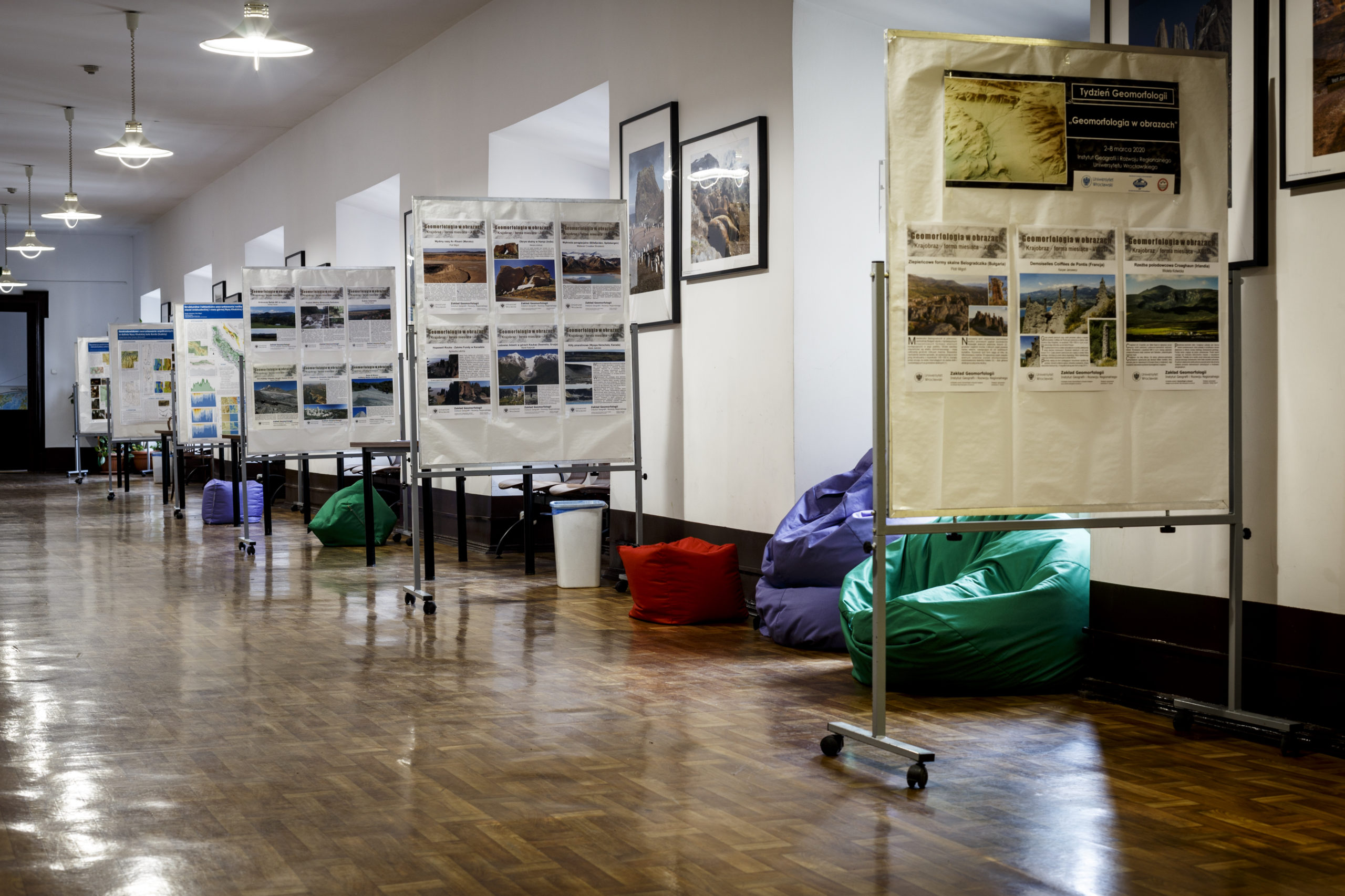
Fig. 2 Exhibition “Geomorphology in images” – supervisor: Kacper Jancewicz.
The celebration started with exhibition of employees and PhD students’ work presented in the hallway of the Main Building of the University of Wrocław, thanks to the exhibition supervisor Kacper Jancewicz (Fig. 2). The exhibition, entitled “Geomorphology in images”, was a selection of posters presented at national and international scientific conferences and works from the “Landscape of the month” cycle, which has been ongoing for eight years at the Department. Among the presented content were: results of research on fault zones in the Sudetes, the designed geotourist trail in the Bystrzyckie Mountains or landscapes of the Julian Alps of Slovenia, Fundy Bay in Canada and the Ar-Risani oasis in Morocco.
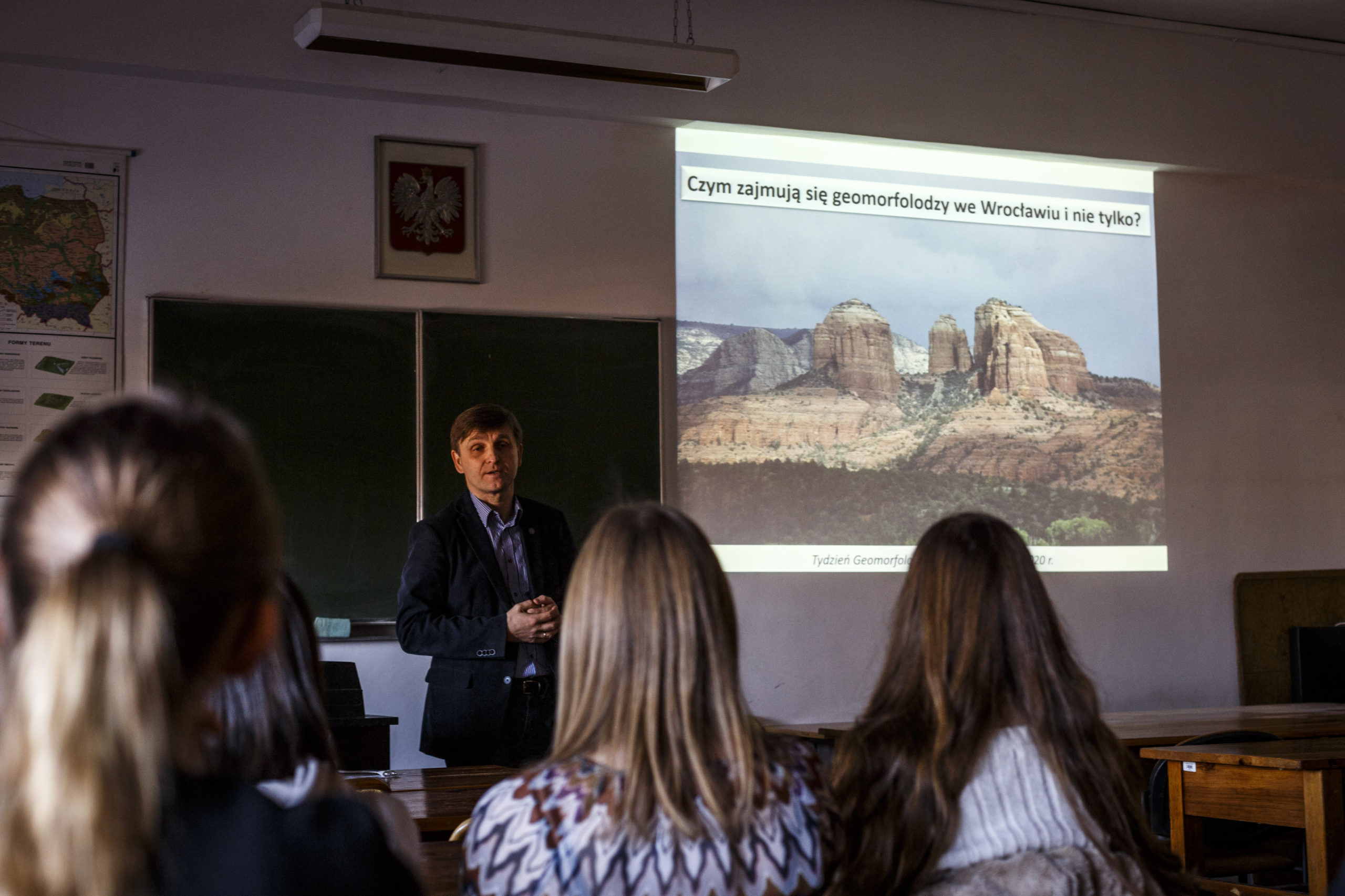
Fig. 3 Meeting with the Head of the Department of Geomorphology Prof. Piotr Migoń.
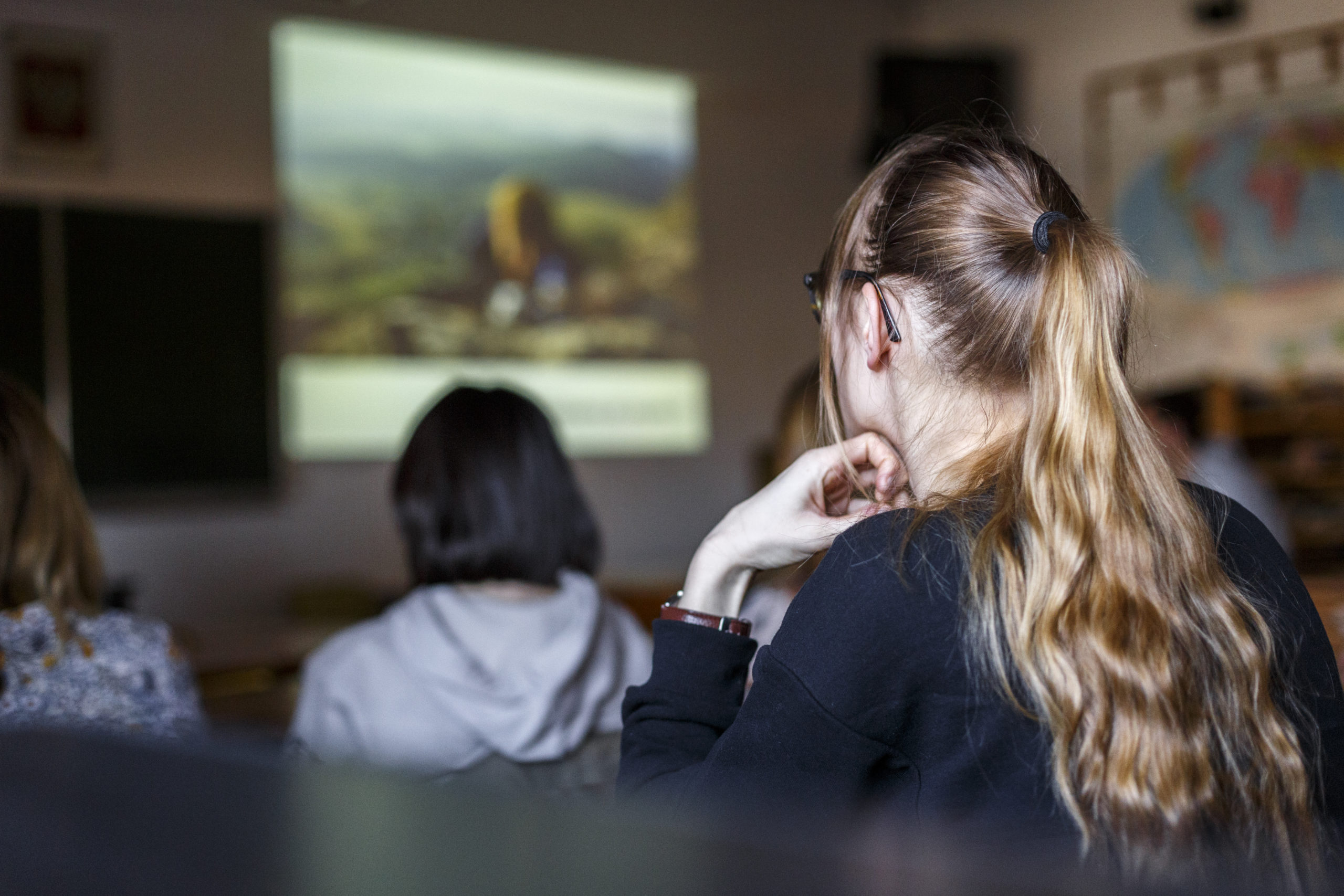
Fig. 4 The second part of the meeting with Prof. Piotr Migoń was a discussion.
On March 4th, a meeting was held with the Head of the Department of Geomorphology Prof. Piotr Migoń, entitled “What do geomorphologists do in Wrocław and more?” (Fig. 3, Fig. 4). The meeting was dedicated to students who had doubts about the scope and methods of research in geomorphology. The first part of the meeting was a lecture, then the questions from the room were answered. Students’ doubts concerned the financing of field research and the possibility of cooperation with researchers. Answers to questions were enriched by incentive to participate in conferences and workshops dedicated to students (including the Congress of Polish Geomorphologists, annual workshops for Young Geomorphologists organised by Assosciation of Polish Geomorphologists) and membership in associations of geomorphologists and geographers were suggested.
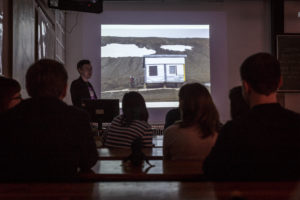
Fig. 5 Popular science lecture presented by Marek Kasprzak, PhD.
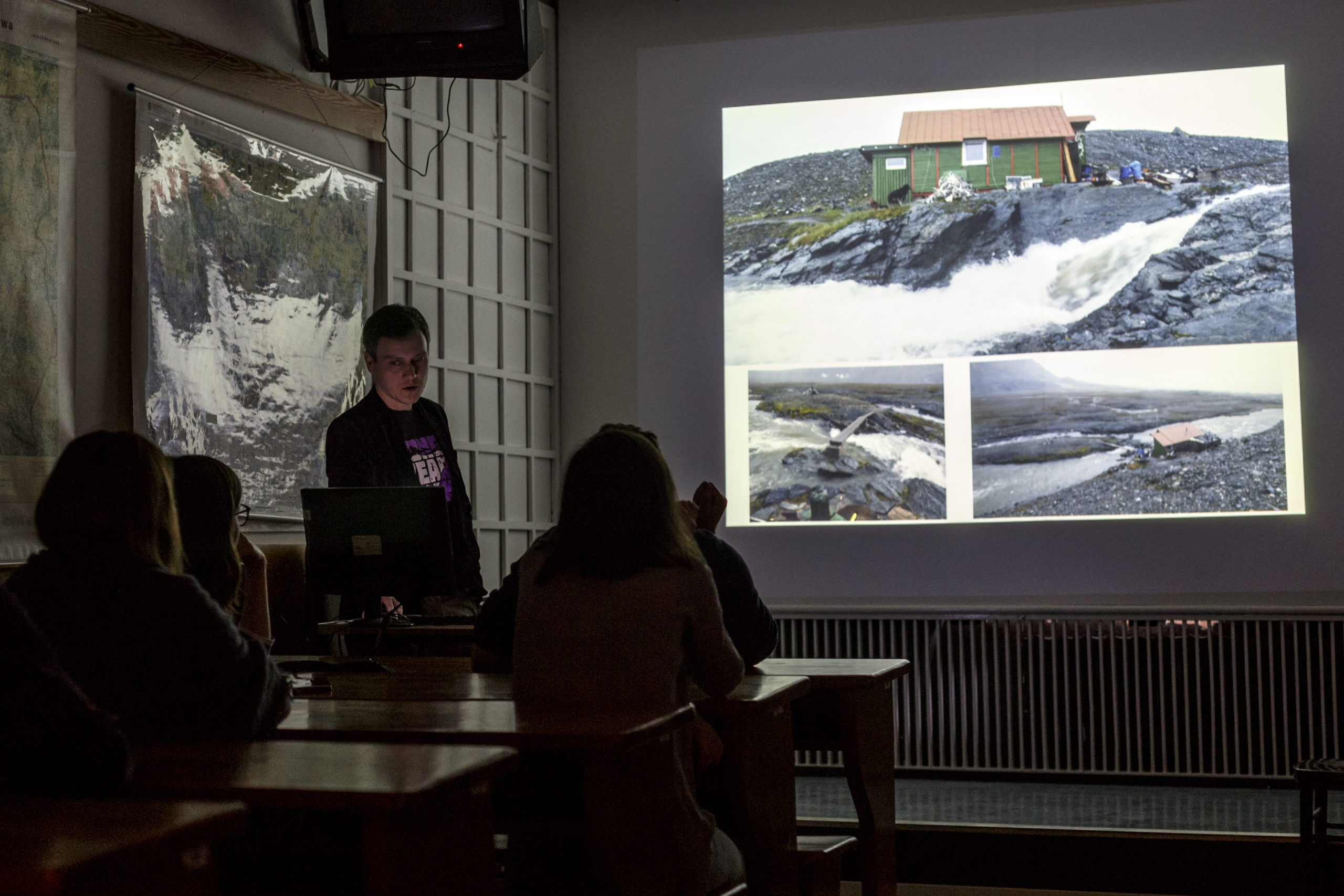
Fig. 6 Marek Kasprzak, PhD discussed the difficulties in conducting polar research.
Another of the meetings organized as part of the celebration of the Geomorphology Week was a public scientific lecture entitled “Prose of field research in polar areas: Spitsbergen and South Shetland Islands” presented by Marek Kasprzak, PhD (Fig. 5, Fig. 6). The lecture was enriched with photographs taken by the speaker during many years of polar research. Marek Kasprzak discussed the nature of research in inaccessible polar areas and pointed the problems with conducting it, especially in the era of progressive climate change. At the end of the lecture, awards were given out (Fig. 7), for winners of the competitions organized during Geomorphology Week: a crossword puzzle – organiser Aleksandra Wołoszyn and a Geomorphological Quiz – organisers Milena Różycka, PhD and Wioleta Kotwicka.
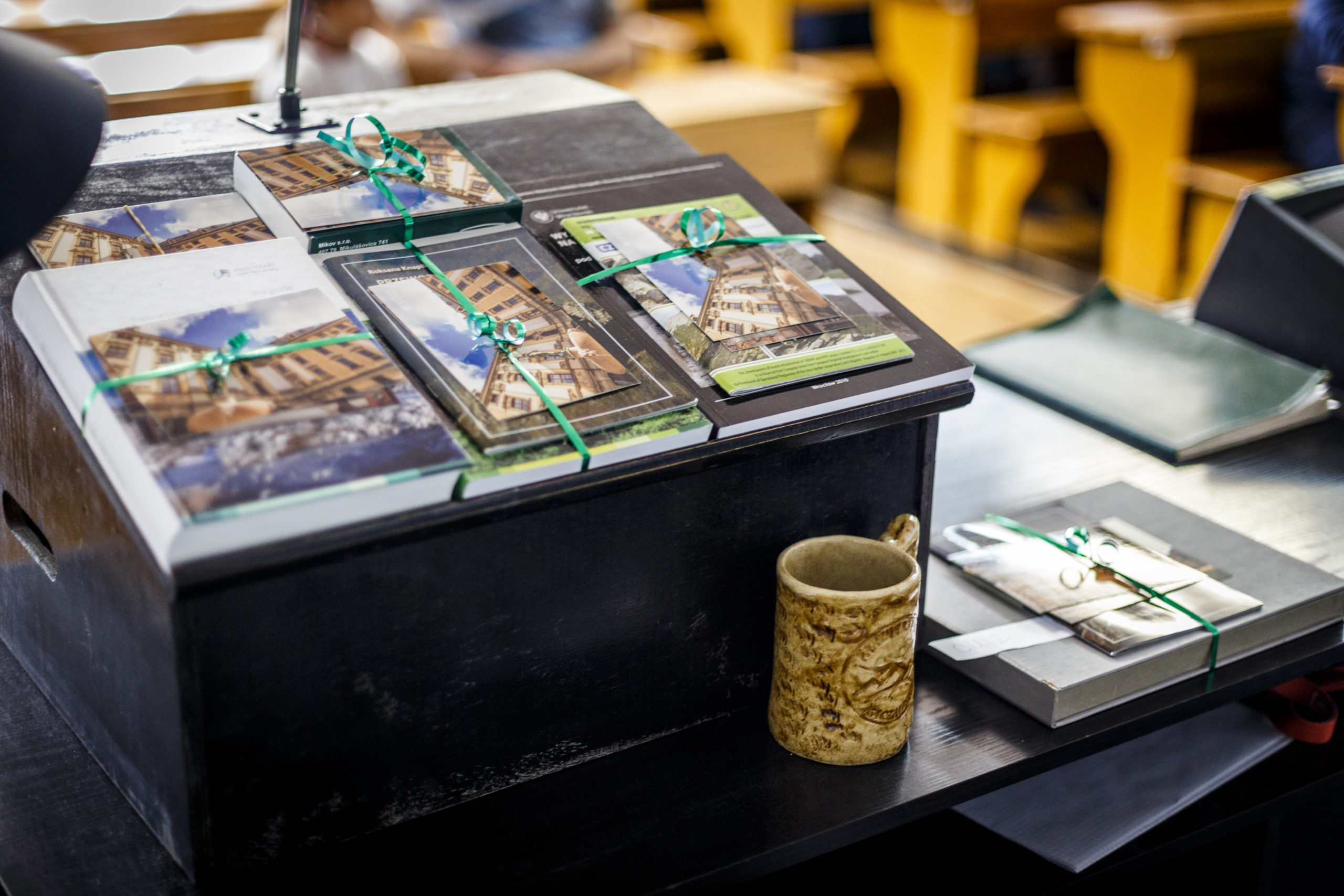
Fig. 7 Sets of prizes to win in competitions during Geomorphology Week.
The highlight of the program was the field trip to the Wałbrzyskie Mountains. Prof. Piotr Migoń and Andrzej Traczyk, PhD led the participants of the trip along trail from the Boguszów-Gorce PKP station to Chełmiec (851 m a.s.l., Fig. 8), and then along trails through Szczawno-Zdrój to the Wałbrzych Miasto railway station. Although the weather on that day was not excellent(Fig. 9), during the trip examples of natural and anthropogenic forms of terrain were presented (Fig. 10, Fig. 11), the special importance of field research in geomorphology was discussed, the interdisciplinary and application nature of geomorphological research was noted and regional sightseeing curiosities were mentioned. The trip was a great opportunity to integrate students from various fields. This year’s trip was attended by geography, tourism and geology students.
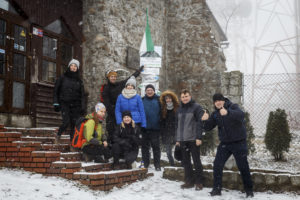
Fig. 8 Participants of the field trip at Chełmiec (851 m a.s.l.).
Celebration of the 1st International Geomorphology Week was also enriched by activities undertaken using social media of the Department of Geomorphology. The Landforms Tournament (inspired by the League of Landforms organized by the British Society for Geomorphology) enjoyed great interest – canyon won the Internet users’ vote.
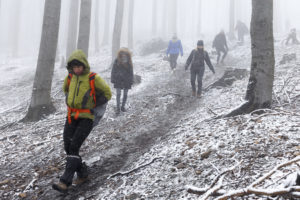
Fig. 9 Snowfall did not discourage geomorphology enthusiasts.
We hope that the Geomorphology Week will enjoy growing interest and that the event will become a permanent part of the activities of the Department of Geomorphology, University of Wrocław.
Text and photos kindly provided by: Wioleta Kotwicka
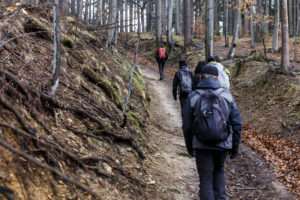
Fig. 10 A portion of the blue trail led through a road gorge.
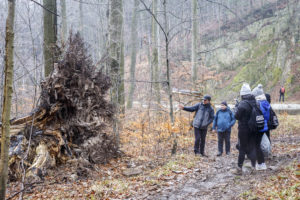
Fig. 11 We also discussed pit-and-mound relief.